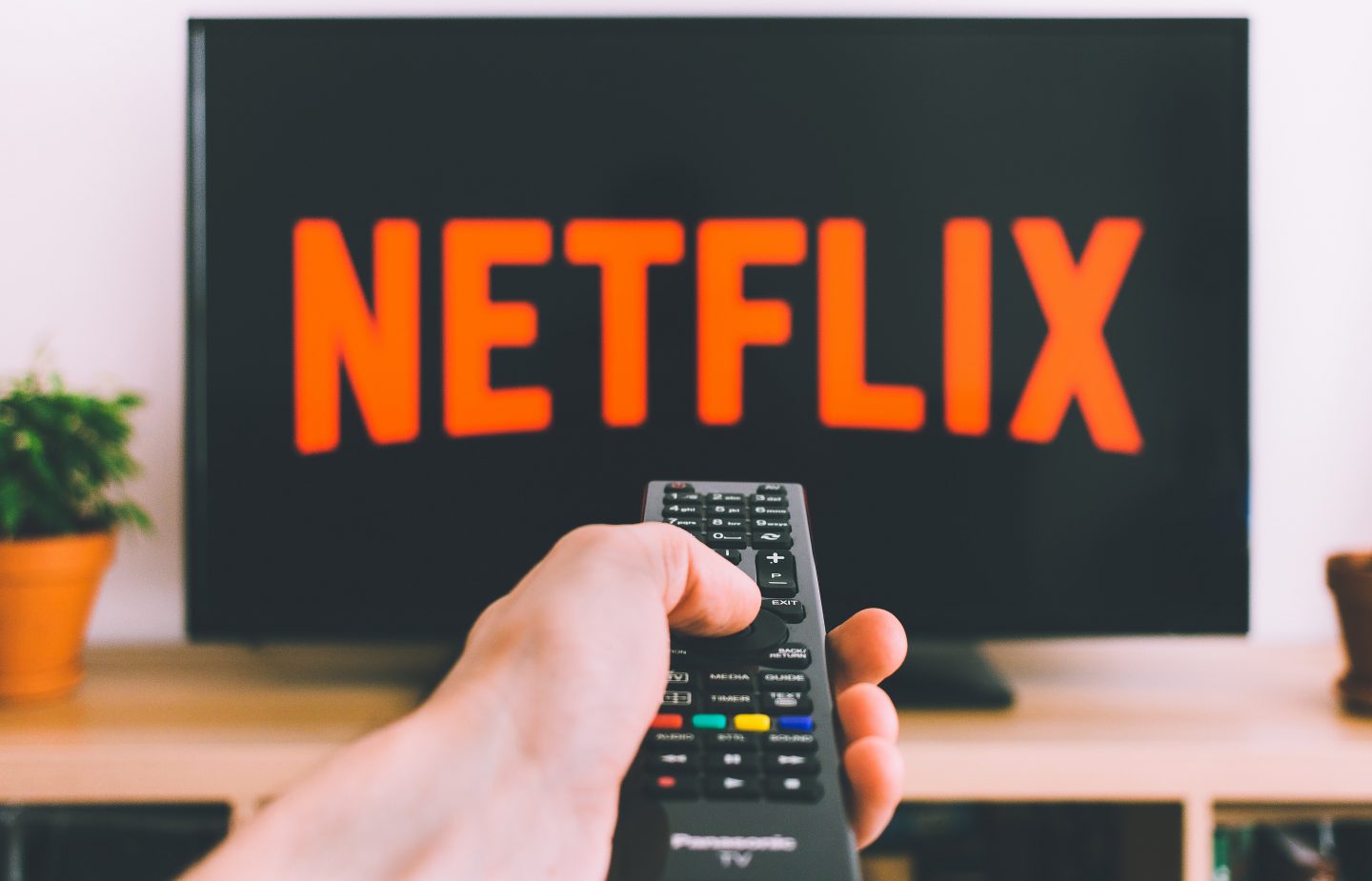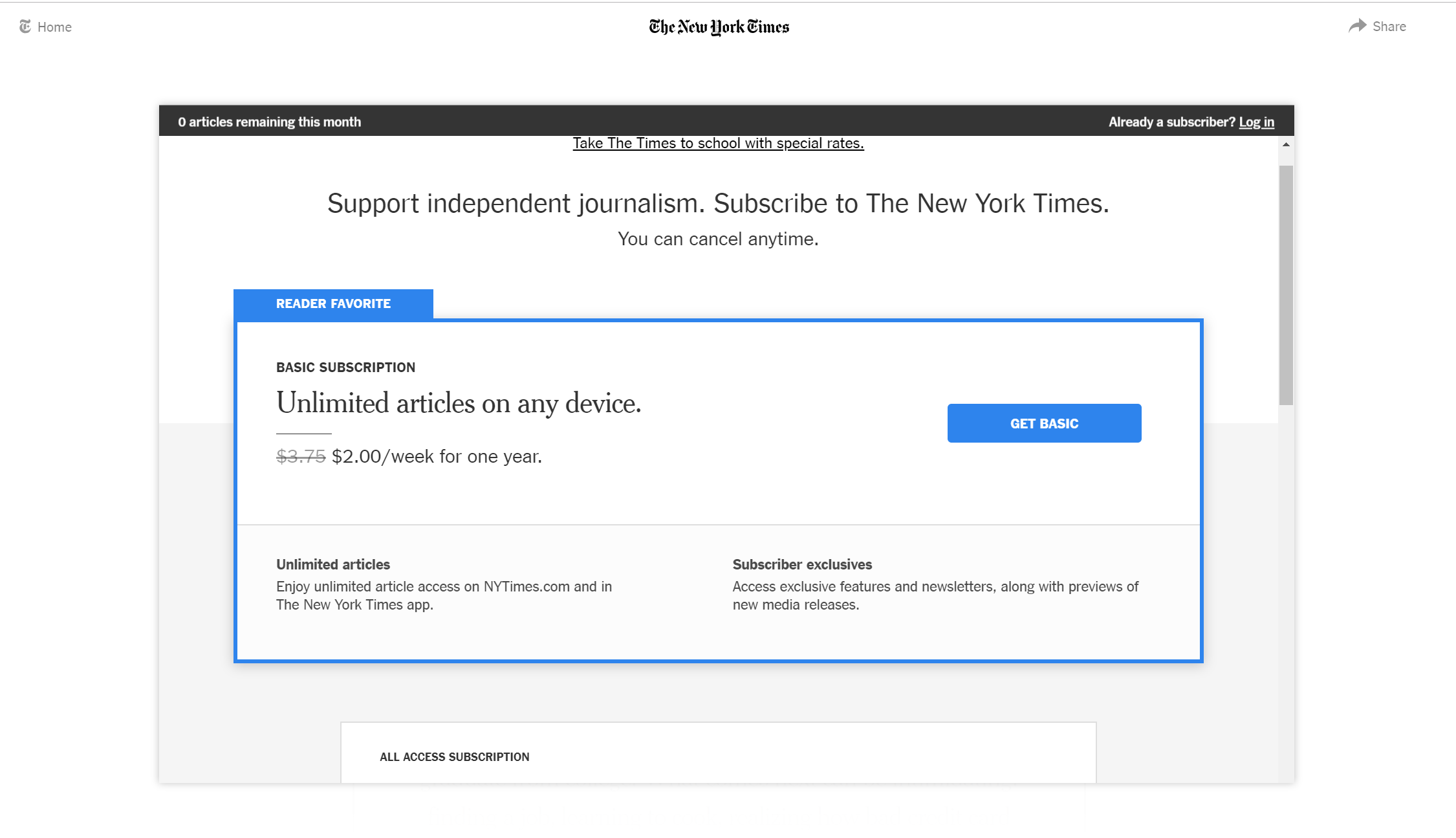
Unpacking Netflix’s Odd (but Probably Necessary) Ad Experiment
This summer, Netflix made a terrifying announcement: the streaming giant that had built its legacy on interruption-free content was going to start running ads.
Record scratch — well, not really.
They were running a limited test that inserted promos for the network’s original shows and movies in between episodes of series, similar to how video previews play while you browse the listings. But even still, it didn’t take long for the internet to erupt in outrage.
Social media was flooded with comments from people angry over the idea that their beloved service would be overrun by advertisements. Shortly after, Hub released a survey reporting that almost 25% of respondents said they would cancel their subscription if Netflix began running ads during its content.
This raises an important question: Netflix is an innovative company on the forefront of a unique, popular industry, so how did they make such a tremendous flub?

The Promise (and Betrayal) of Subscription Content
Over the last 15 years, we’ve seen the subscription content model rise to popularity. More and more consumers are willing to pay a monthly fee to support their favorite content creators. The obvious examples of this are Netflix and Hulu: TV and movie streaming services whose base appeal is that they deliver constant content without interruptive and annoying advertisements.
The popularity of this style of program propelled these companies’ early success. Netflix’s annual revenue increased more than tenfold between 2005 and 2016, and its total paid subscribers reached 47 million in America alone that same year.
In their wake, many media sites have tried to adopt similar systems. Sites that currently put their content behind a paywall include The New York Times, The Washington Post, The Financial Times, The New Yorker and The Atlantic. In fact, 20% of The Times’ ad revenue in 2017 came from digital-only subscribers.
But as Netflix found out this summer, none of this works without trust.
Netflix has always charged to access the service — users pay a low, low price of $10.99 a month, a transaction that guarantees ad-free content in return. We bought into that model, so when Netflix seemingly reneged on their side of the deal by inserting ads between shows, it felt like a betrayal.
Publishers have gone the opposite direction: creating media ecosystems built on ads, then offering paid-for versions of their content without interruptive ads. Because of this, Netflix’s move feels incongruous with how the rest of our entertainment universe operates.
An Inevitable Decision?
While the addition of in-content ads on Netflix was jarring, it shouldn’t have been surprising.
In July 2018, Netflix share prices plunged after the company revealed that it had only added 5.15 million subscribers in the period — about one million less than predicted. This was attributed to factors like greater competition from Hulu and Prime, as well as possible market saturation.
Most online commentary speculated that this slowing growth was to blame for Netflix’s brief foray into ads. Inserting promotions for their own content in between shows could be seen as Netflix experimenting with the format in anticipation of opening up the model to advertisers. After all, it wouldn’t take much effort to swap out a 15-second TV show promo for a 15-second toothpaste ad, and no doubt these spots would be highly valued by brands and marketers.
Interestingly enough, Netflix’s main competitors already show ads, to no great outrage or fanfare. But because Netflix never did, it’s become this rare, ad-free ship in a sea of ad-fueled content — and while it’s not sinking, the ship is beginning to take on water.

The Future of Netflix
If the streaming service wants (or needs) to increase their revenue, and if new subscriptions won’t be able to drive the required earnings on their own, they’ll need to find an alternative way forward. As far as I can tell, there seem to be two paths available.
First, Netflix could open up the service to advertisers, inserting ads willy-nilly and hoping that the 25% of respondents who said they’d leave the service were just overreacting. We see ads everywhere else (even on some platforms we pay for, like Hulu and Prime), and it could just be considered a necessary evil of distributing content.
Or, Netflix could find a new stream of revenue beyond subscription or traditional ads. One such option is sponsored content, which traditional publishers have already found success with. Native ad spend among the top 100 publishers was roughly $3 billion in 2017, with each earning an average of $30 million in branded content revenue, according to Polar.
There’s no reason why Netflix couldn’t create sponsored TV shows and movies as part of their extensive original content. The fact that companies like Walmart and Shutterstock are already investing in branded video series shows there’s huge potential in this space. Plus, this format wouldn’t feel interruptive or out of place to Netflix subscribers.
Whatever route they decide to go with, the team at Netflix should take what they’ve learned from their ad experiment to heart. Once you’ve made a promise to your audience — whether that promise is to provide ad-free content or deliver a certain quality of entertainment — you need to follow through. As long as they nurture that trust and treat their subscribers as savvy consumers, their next big marketing experiment should be (relatively) smooth sailing.
Get your Content Marketing Fix
Sign up to receive tips on storytelling and much more.
We promise to respect your inbox.




